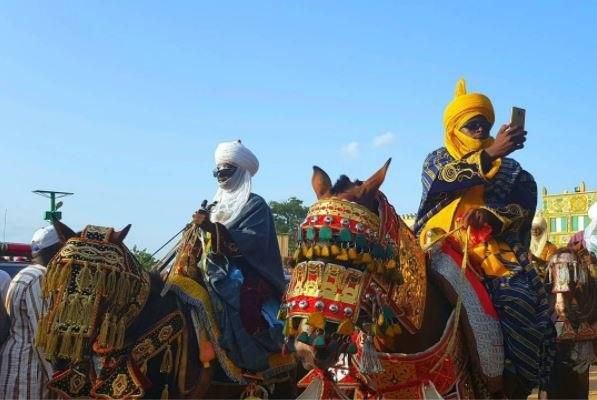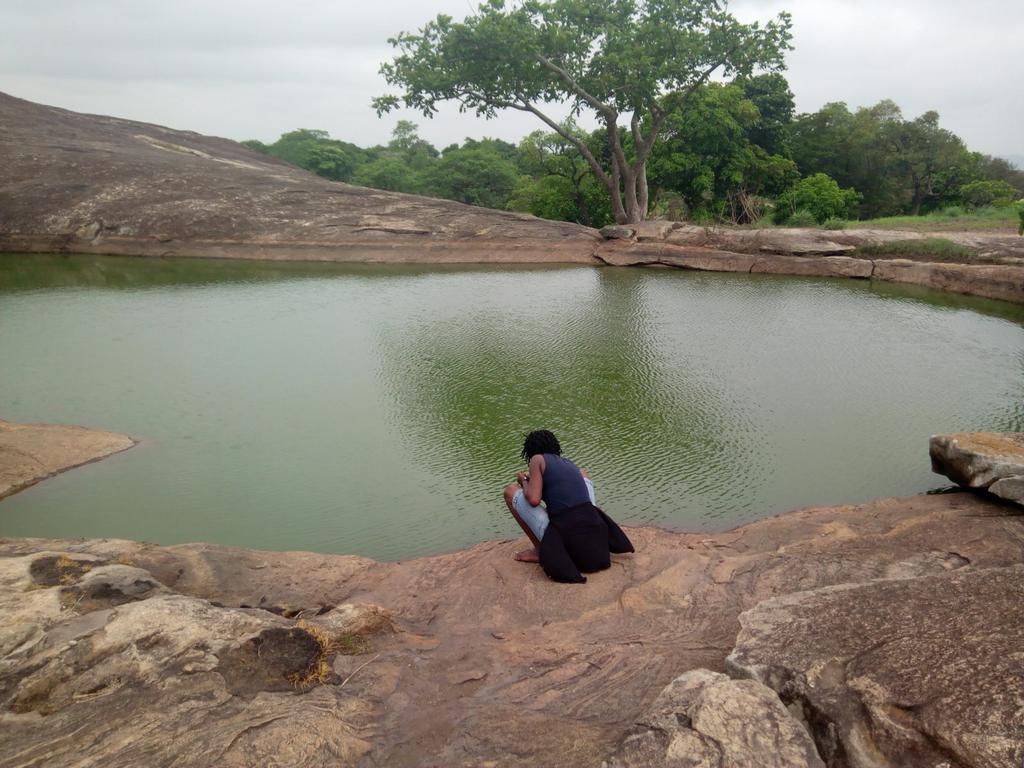Do it for the culture: 5 places to visit in Nigeria for an enriching cultural experience
![Osun-Osogbo sacred grove [Come to Nigeria]](https://image.api.sportal365.com/process/smp-images-production/pulse.ng/07082024/b9ddc9d2-35e2-46c0-8c21-8083f106a295?operations=autocrop(700:467))
Though Nigeria is a country rich in culture and history, not a lot of tourist sites actually put the work into giving an enriching cultural experience.
1. Osun-Osogbo Sacred Groves
![Osun Osogbo Sacred groves [Sassy Funke]](https://image.api.sportal365.com/process/smp-images-production/pulse.ng/01082024/2298e49d-0025-4ccc-bca7-ea6e89b20a51)
This UNESCO World Heritage Site invites tourists to come and see the sacred shrines, sanctuaries, sculptures and art works created in the honour of the goddess of fertility, Osun. Many of the artworks are attributes to the Nigerian-Austrian Osun priestess Susanne Wenger. Osun Osogbo is a religious, historical and cultural hub located just a few hours away from Lagos.
2. National war museum, Abia
![National War Museum Umiahia [Hometown ng]](https://image.api.sportal365.com/process/smp-images-production/pulse.ng/07082024/0ac3187a-2526-496e-96a7-8a93eb92b16b)
The museum, located at Ebite Amafor in Isingwu autonomous community in Umuahia North LGA, occupies a large area of land surrounded by undulating hills. In the museum's three galleries — traditional warfare, the armed forces and the Nigerian civil war weapon galleries — visitors get to interact relics of war and be told about Igbo and Biafra history and culture.
3. Bauchi Durbar

Durbar festival, or Hawan Daushe, is Northern Nigeria's cultural treasure. The Durbar is celebrated at the end of Ramadan, Eid el-Fitr, and at the start of the pilgrimage to Mecca, Eid el-Kabir. Bauchi is one the best states/cities to witness the Durbar Festival because of its grand nature, along with its numerous tourist attractions.
4. Ado-Awaye, Oyo

Ado-Awaye has been gaining media attention for a while now, after it was found to house the only other suspended lake in the world. Rich in history and culture, the seven amazing tourist attractions packed in Ado-Awaye are quickly becoming the tourist's paradise. While hiking up the hill, you get to hear about the rich culture of the town.
5 . Idanre Hills
![Idanre old village [Tripadvisor]](https://image.api.sportal365.com/process/smp-images-production/pulse.ng/07082024/7cbaa3b2-d565-44ea-b26d-0ee2ccf30b2d)
Idanre hill is one of those rare places where beauty, mystery, and majesty speaks with the voice of silence. Having existed for 800 years, the people of Idanre have rich culture and tales that you get to experience when you interact with them. Among the remains of the ancient village are shrines, belfry, Agbooogun footprint, thunder water (Omi Aopara), old and dilapidated mud buildings roofed in rust-brown iron sheets, set on well laid-out streets and burial mounds and grounds, and the Owa's palace.
)
)
![The health benefits of ginger and garlic are unbelievable [Food NDTV]](https://image.api.sportal365.com/process/smp-images-production/pulse.ng/01082024/200694f2-3977-47a4-a142-89c80fe6766e?operations=autocrop(236:157))
)
![10 countries where prostitution is legal. [Source - scoop]](https://image.api.sportal365.com/process/smp-images-production/pulse.ng/31072024/5eda0369-74f6-4a3b-82f7-d7dab249c8ac?operations=autocrop(236:157))
![Tribal marks of Nigerian people and what they mean. [guardian]](https://image.api.sportal365.com/process/smp-images-production/pulse.ng/01082024/45e8c254-ebf2-4262-b639-c83e8b56a32e?operations=autocrop(236:157))
)
)
)
)
)
)
)
)
)
)